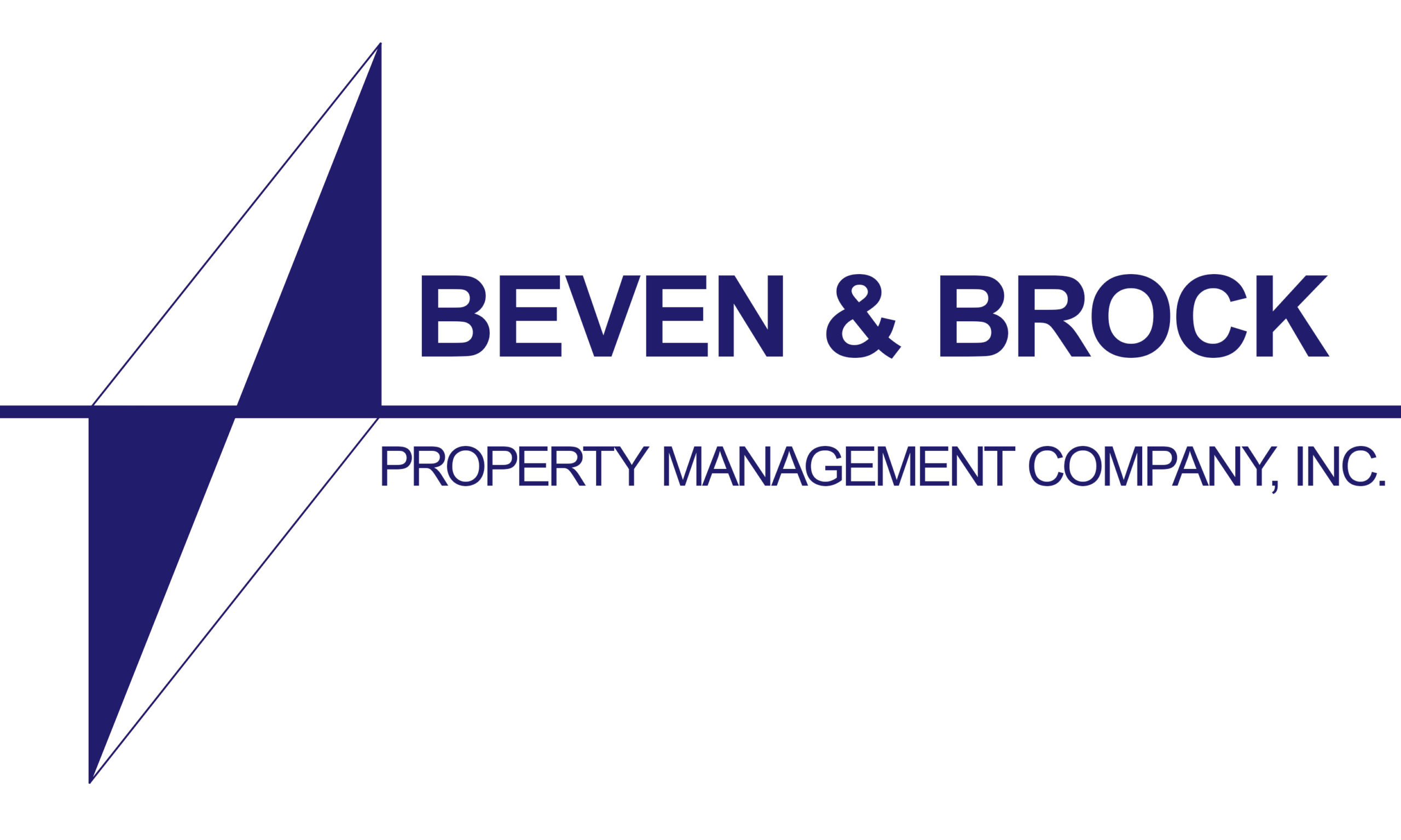 THIS PROBABLY NEVER HAPPENED TO YOU, BUT ….
THIS PROBABLY NEVER HAPPENED TO YOU, BUT ….
The tenant from #3 moved-out after living with us for just over two years. The apartment was thoroughly “prepped” before she moved in. It got new carpet, new vinyl in the kitchen and bath, new blinds, fresh paint on all walls and trim, and a thorough cleaning.
After she moved, the unit now required substantial work to return it to marketable condition.
Most of the repair items were “normal”: numerous nail holes in the walls where she hung her pictures, some candle wax spilled on the carpet, and a dirty oven. And, the woman was a “smoker”, so the smell of tobacco smoke was everywhere, such that all of the walls had to be washed before we could re-paint.
We withheld nearly half of her security deposit to cover the costs of correcting these damages, sent her an accounting of the expenses, and the balance of her deposit.
She “hit the roof”. She was convinced that because all of these damages were “normal”, they were therefore “ordinary wear-and-tear”. After all, if there’s not going to be some “tearing”, why would they call it “wear-and-tear” ? She said that if we did not immediately refund her entire security deposit she would file suit in small claims court that afternoon.
I like small claims court. I like knowing that if I ever need it, it will be there. However, I don’t want to be there because I did something wrong or unfair. Simply stated, I like being on the “good” side, with all of the evidence in my favor. But I would really rather not be there, and I do all that I can to avoid the probability. One of the things I did was to create an “ORDINARY WEAR-AND-TEAR” agreement which has become a part of our rental agreement. It includes such provisions as:
Lessor and lessee also understand that some things are clearly beyond “ordinary wear and tear”. Broken windows; stains in carpet; dirty carpet; stained, dirty, or torn draperies; damaged blinds; dirty or greasy appliances; dirty rooms; dirty or scratched, or tobacco stained walls / wood-work; nail holes or other holes in walls; and the like are not the result of “ordinary wear and tear”.
And there is a provision regarding how we charge if a unit has to be re-painted:
If a tenant moves in less that one year, and painting is required, we will charge 75% of the cost of the painting to the outgoing tenant. If a tenant moves after the first year, but in less than two years, and if painting is required, we will charge 50% of the cost of the painting to the outgoing tenant. If a tenant moves after the second year, but in less than three years, and if painting is required, we will charge 25% of the painting to the outgoing tenant.
And there is also a special provision regarding smoking in the unit:
SMOKING: IF THE LESSEE PERMITS SMOKING IN THE UNIT, LESSEE HEREBY AGREES TO PAY ALL COSTS TO RE-PAINT THE UNIT.
This form is dated and signed by the tenant as part of the move-in process. Coupled with our “PROPERTY CONDITION AT MOVE-IN” form, which is also dated and signed by the tenant, we can establish exactly what the condition of the property was when the tenant moved in, and exactly how much they should be responsible for at move-out. The purpose of these forms is to advise all incoming tenants of our procedures and to avoid future conflicts.
The tenant from #3 had signed both of them before she moved in. We sent her copies of both of the forms that she had signed. That was the end of the matter. It has worked well for us.
If either of these forms (“MUTUAL UNDERSTANDING OF WEAR-AND-TEAR” or “PROPERTY CONDTION AT MOVE-IN”) might be helpful to you in your property management business, I would be glad to send you a copy.
Dear Readers:
This article is the 169th in a series based on the lessons we have learned the hard way. The contents of these articles are merely opinions of the writer. They are not intended as specific legal advice and should not be relied upon for that purpose. Our practice is in constant refinement as we adjust the way we operate to an ever- changing market. I appreciate your questions, comments, suggestions, and solutions. Contact C. Finley Beven, CPM, CCAM, JD. ___
99 S. Lake Avenue, Pasadena. Fin.Beven@BevenandBrock.com

Recent Comments